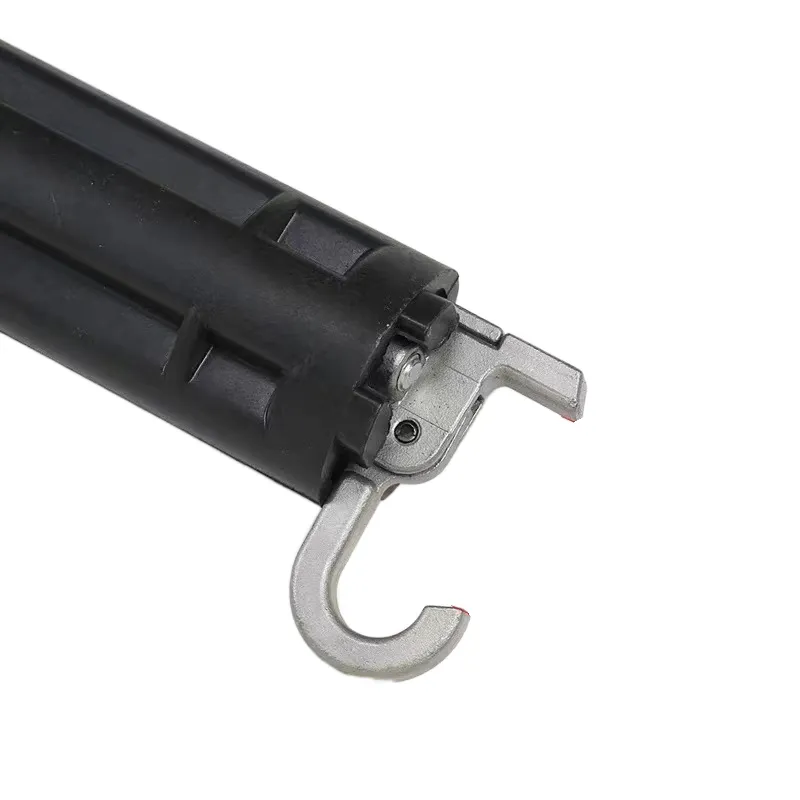
-
 Afrikaans
Afrikaans -
 Albanian
Albanian -
 Amharic
Amharic -
 Arabic
Arabic -
 Armenian
Armenian -
 Azerbaijani
Azerbaijani -
 Basque
Basque -
 Belarusian
Belarusian -
 Bengali
Bengali -
 Bosnian
Bosnian -
 Bulgarian
Bulgarian -
 Catalan
Catalan -
 Cebuano
Cebuano -
 Corsican
Corsican -
 Croatian
Croatian -
 Czech
Czech -
 Danish
Danish -
 Dutch
Dutch -
 English
English -
 Esperanto
Esperanto -
 Estonian
Estonian -
 Finnish
Finnish -
 French
French -
 Frisian
Frisian -
 Galician
Galician -
 Georgian
Georgian -
 German
German -
 Greek
Greek -
 Gujarati
Gujarati -
 Haitian Creole
Haitian Creole -
 hausa
hausa -
 hawaiian
hawaiian -
 Hebrew
Hebrew -
 Hindi
Hindi -
 Miao
Miao -
 Hungarian
Hungarian -
 Icelandic
Icelandic -
 igbo
igbo -
 Indonesian
Indonesian -
 irish
irish -
 Italian
Italian -
 Japanese
Japanese -
 Javanese
Javanese -
 Kannada
Kannada -
 kazakh
kazakh -
 Khmer
Khmer -
 Rwandese
Rwandese -
 Korean
Korean -
 Kurdish
Kurdish -
 Kyrgyz
Kyrgyz -
 Lao
Lao -
 Latin
Latin -
 Latvian
Latvian -
 Lithuanian
Lithuanian -
 Luxembourgish
Luxembourgish -
 Macedonian
Macedonian -
 Malgashi
Malgashi -
 Malay
Malay -
 Malayalam
Malayalam -
 Maltese
Maltese -
 Maori
Maori -
 Marathi
Marathi -
 Mongolian
Mongolian -
 Myanmar
Myanmar -
 Nepali
Nepali -
 Norwegian
Norwegian -
 Norwegian
Norwegian -
 Occitan
Occitan -
 Pashto
Pashto -
 Persian
Persian -
 Polish
Polish -
 Portuguese
Portuguese -
 Punjabi
Punjabi -
 Romanian
Romanian -
 Russian
Russian -
 Samoan
Samoan -
 Scottish Gaelic
Scottish Gaelic -
 Serbian
Serbian -
 Sesotho
Sesotho -
 Shona
Shona -
 Sindhi
Sindhi -
 Sinhala
Sinhala -
 Slovak
Slovak -
 Slovenian
Slovenian -
 Somali
Somali -
 Spanish
Spanish -
 Sundanese
Sundanese -
 Swahili
Swahili -
 Swedish
Swedish -
 Tagalog
Tagalog -
 Tajik
Tajik -
 Tamil
Tamil -
 Tatar
Tatar -
 Telugu
Telugu -
 Thai
Thai -
 Turkish
Turkish -
 Turkmen
Turkmen -
 Ukrainian
Ukrainian -
 Urdu
Urdu -
 Uighur
Uighur -
 Uzbek
Uzbek -
 Vietnamese
Vietnamese -
 Welsh
Welsh -
 Bantu
Bantu -
 Yiddish
Yiddish -
 Yoruba
Yoruba -
 Zulu
Zulu


Nov . 01, 2024 11:21 Back to list
Essential Tools for Building and Construction Projects
Understanding Construction Tools A Key to Successful Projects
Construction tools are essential for any building project, whether large or small. They range from basic hand tools to complex machinery, each designed to perform specific tasks efficiently and effectively. Understanding the various types of tools available can enhance productivity and improve the quality of construction work.
Hand Tools The Foundation of Construction
Hand tools are the most fundamental category of construction tools. They include items such as hammers, screwdrivers, wrenches, pliers, and measuring tapes. These tools are crucial for tasks like fastening, gripping, and measuring materials. For instance, a tape measure is indispensable for ensuring accurate dimensions, while a hammer is essential for driving nails and assembling materials.
Power Tools Boosting Efficiency
Power tools have revolutionized the construction industry by allowing tasks to be completed faster and with greater precision. Electric drills, saws, sanders, and nail guns are common examples. These tools significantly reduce manual labor and are ideal for heavy-duty tasks. For example, a power saw can cut through wood and metal far more quickly than a hand saw, saving time and energy on the job site.
what are construction tools

Heavy Machinery The Backbone of Large Projects
For larger construction projects, heavy machinery plays a vital role. Excavators, bulldozers, and cranes are examples of equipment used for earthmoving, lifting, and transporting materials. These machines enable construction teams to tackle massive projects, from building skyscrapers to developing roadways. Proper training and safety measures are essential when operating such equipment to prevent accidents and ensure smooth operations.
Safety Tools Prioritizing Worker Protection
Safety is paramount in construction, and various tools and equipment are designed to protect workers. Hard hats, safety goggles, and gloves are examples of personal protective equipment (PPE) that shield workers from potential hazards. Additionally, scaffolding and harnesses are crucial for ensuring safety when working at heights.
Conclusion
In summary, construction tools are the backbone of any building project. By understanding the different categories of tools—from hand tools and power tools to heavy machinery and safety equipment—construction professionals can ensure efficiency and safety on the job site. As technology evolves, the development of innovative tools continues to enhance the construction industry, making it more efficient and safer for workers. Investing in the right tools is not just a matter of convenience; it’s a critical component of successful construction management.
Latest news
What Are Construction Tools and How Are They Used?
NewsJul.11,2025
Professional-Grade Duct Rodding Tools for Superior Cable Installation
NewsJul.11,2025
Enhancing Safety and Efficiency with Modern Hot Stick Solutions
NewsJul.11,2025
Empowering Cable Installation with Advanced Rodder Solutions
NewsJul.11,2025
Elevate Your Cable Installation Projects with Cable Pulling Tools
NewsJul.11,2025
Efficient Cable Handling Solutions: Cable Rollers for Sale
NewsJul.11,2025











